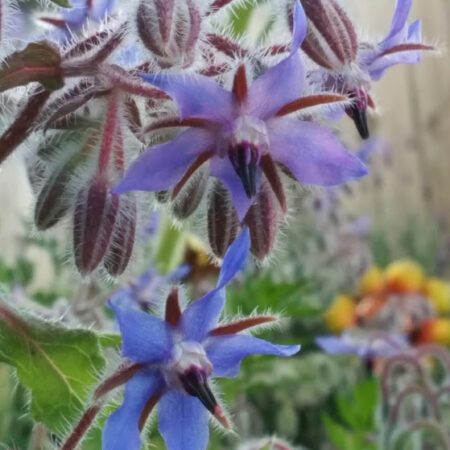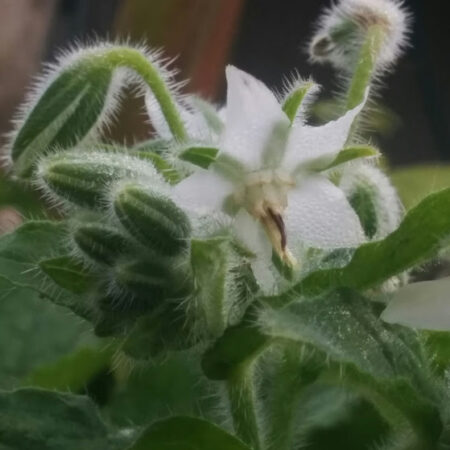Description
Young leaves are eaten either raw or cooked and although they have a mild flavour, they do not have the most enjoyable texture. Flower petals and flower buds are eaten raw, added to salads, or as a decoration on cakes etc. A nutritious starch is obtained from the root.
Flower petals make a refreshing tea.
Medicinal actions include antiinflammatory, astringent, demulcent, diuretic, emollient and febrifuge.
The plant has been noted to be used to alleviate chest comlaints and to improve blood circulation. The root is astringent and demulcent and applied fresh and crushed as a poultice to ulcers. A common medicine in Tibet.
Fibres from the stems can be used to make paper, and the leaves can be added to the compost as an activator.
FLowers can be used as a dye herb.






